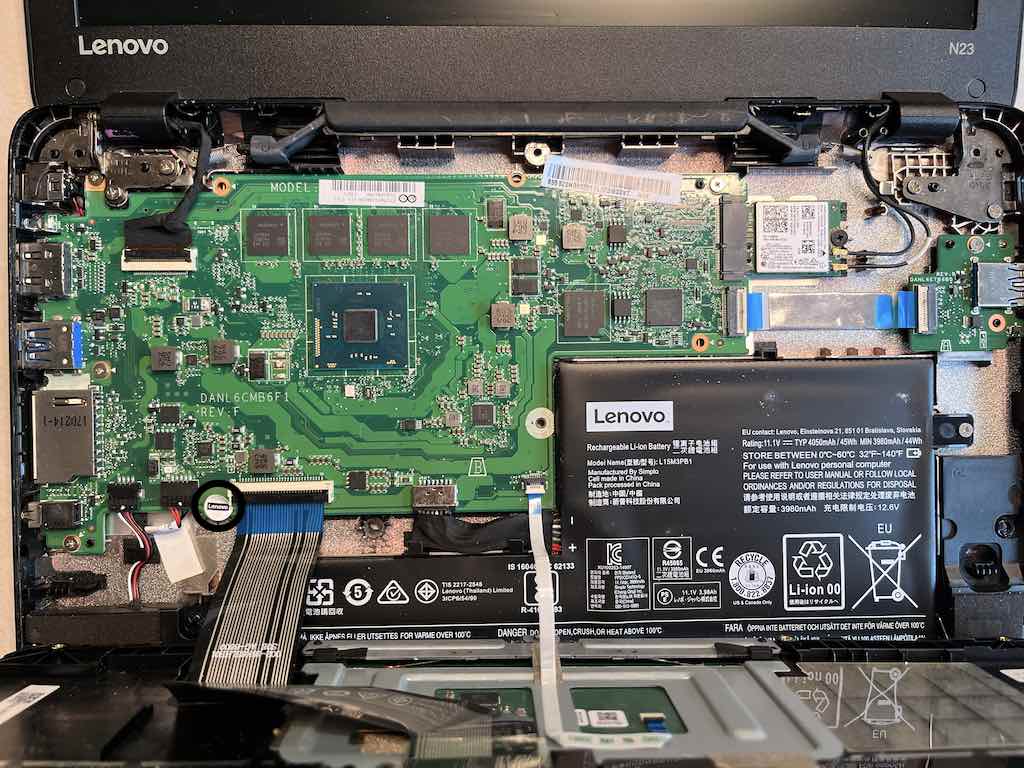Scanner Back Online
After many months of degraded performance and neglect, I’m very happy to announce that Rick WA7RPM and myself have successfully re-deployed the scanner at a significantly higher location with a much better antenna. Give a listen on scanner.kf7hvm.com and hear what we hear!


